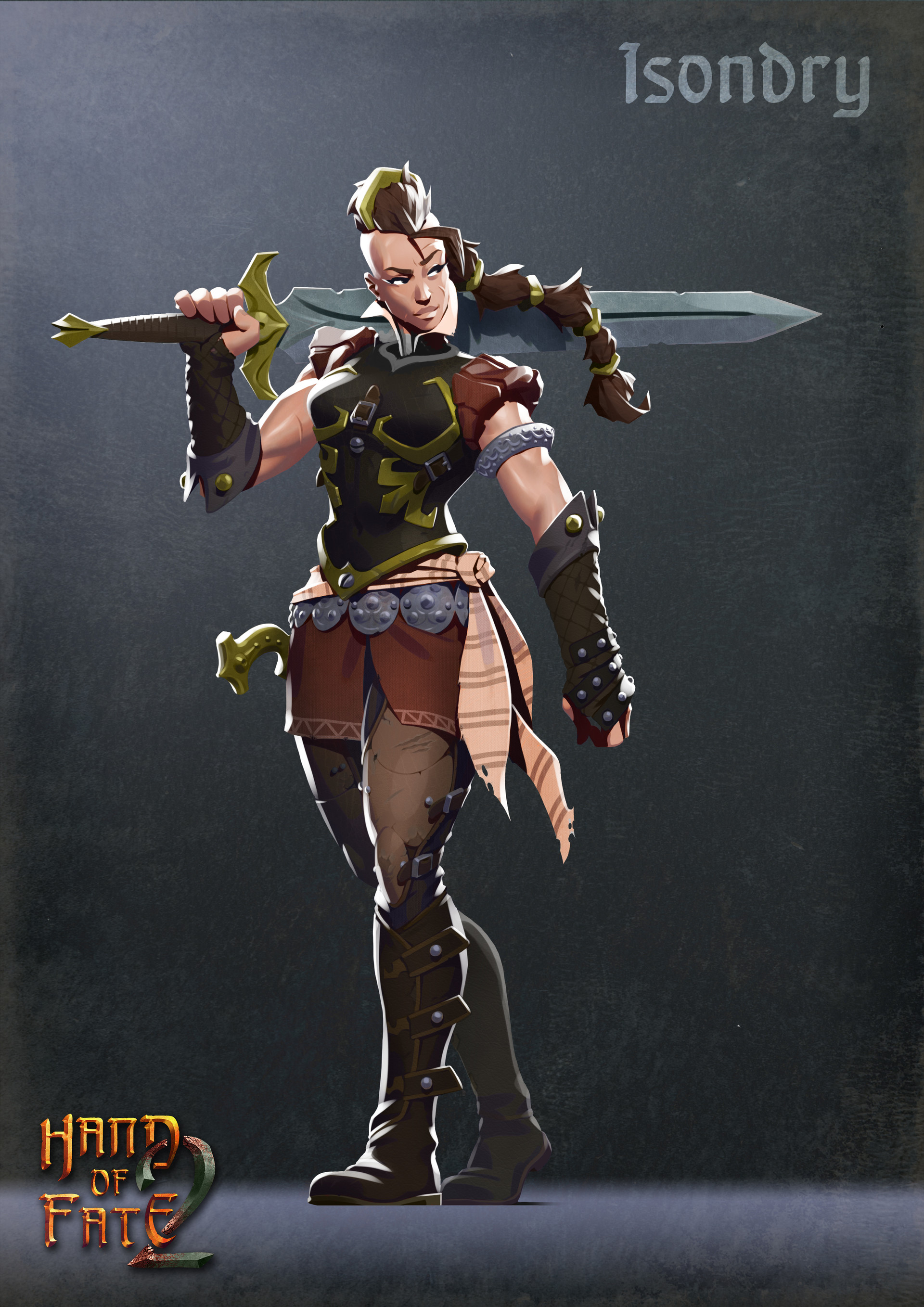

This is where the deck builder element of Hand of Fate comes in, and I have to say it works very well indeed. If you’re doing well you can amass quite a sizeable collection of tokens, and at the end of the game, win or lose, you get to cash in these tokens for new Equipment/Encounter cards that you can add to your decks for the next game. Second, and more important, is that the first time you get the “best” outcome on an encounter you’ll be awarded a small token that goes into a bowl in front of you.

They can range from encountering merchants to treacherous terrain that has to be navigated to interrupting an unholy ritual to summon an undead lich they can be pretty much anything, and this makes Hand of Fate a good bit livelier than your typical roguelike as long as you’re willing to put a little imagination into it. First, the fact that most of the cards are resolved via text - and maybe a random draw to determine success or failure - means that it can have a lot of variety as to what each encounter card can be. That’s pretty standard roguelike fare, but the twist Hand of Fate puts on it is twofold. Your goal is to find the exit to the next dungeon level, and (eventually) to locate and kill the dungeon’s boss. A dungeon entrance card is also played face-up onto which a piece representing your character is placed, which you can then move around from card to card, revealing and resolving each card’s encounter along the way. You won’t know exactly what these cards are all you’ll know is that they’re the cards you put into the Encounter Deck before the game starts. When the game starts, the dungeon master shuffles all of the decks and deals out cards from the Encounter deck face-down onto the tabletop. What exactly are you playing here, though? There’s two main components to Hand of Fate that you assemble prior to starting a game: the Equipment deck, into which you can insert various helpful items that you’ll have a chance of picking up on your travels, and the Encounter deck, which is what drives the adventures you’ll have and the monsters you’ll fight on your travels. Exactly who he is - or who you are - is never outright stated, but the things he says hints towards this being a Seventh Seal-type scenario: you are dead, or close to it, and you’re playing against him for your life. You assume the role of a nameless warrior sat across the table from a dungeon master who is responsible for dealing the cards, seeding the deck with nasty surprises, and providing a constantly cynical commentary on your actions in a very Treguard-like manner. With the recent surge in popularity for both the virtual card game and roguelike genres, the only really surprising thing about Hand of Fate is that it’s taken this long for somebody to come up with the idea of fusing the two together.īut then it’s the obvious ideas that are often the most difficult to think of, and while Hand of Fate’s deck builder crossed with a RPG is seemingly obvious – it’s been done to a somewhat more limited degree in the Thunderstone card game, for example - there are certain elements of it that are outright inspired, first and foremost of which is humanising the RNG that draws the cards.


 0 kommentar(er)
0 kommentar(er)
